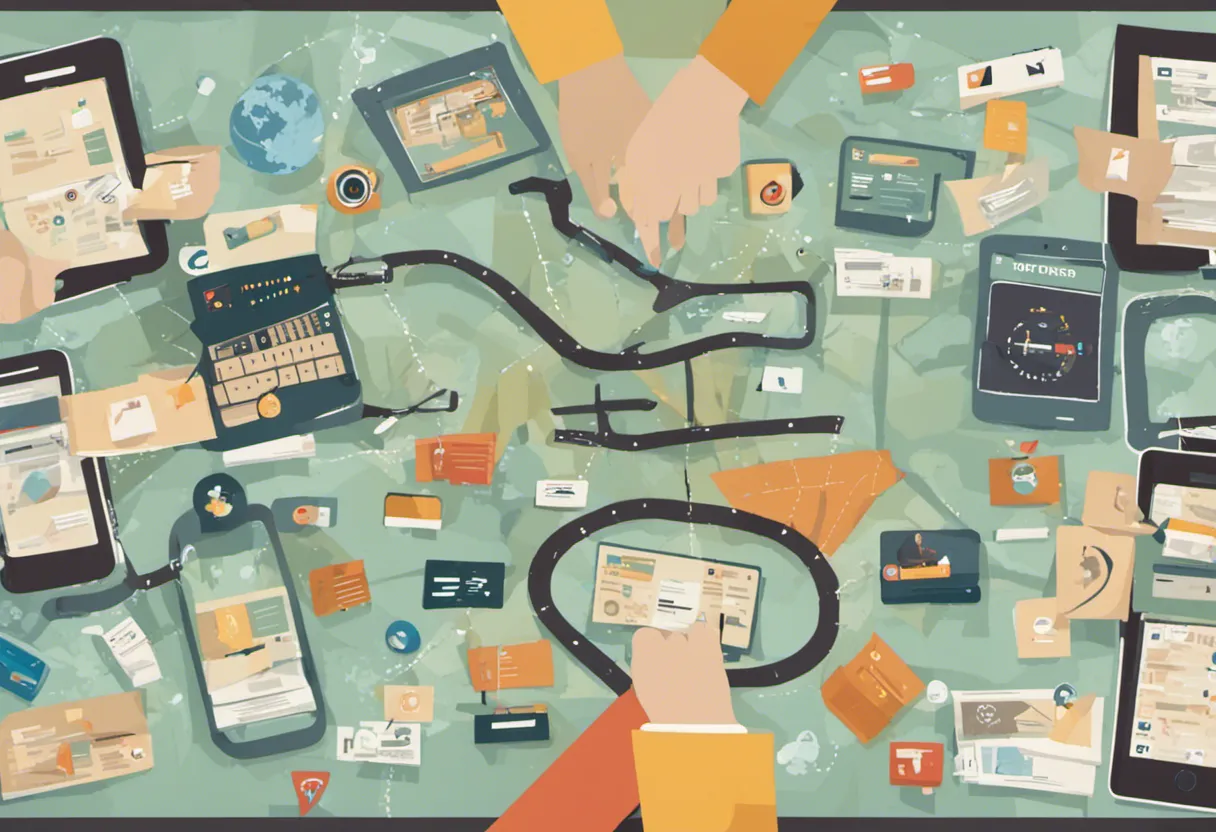Navigating the World of Mobile Development: Crafting Experiences in the Palm of Your Hand
ekwoster.dev

Navigating the World of Mobile Development: Crafting Experiences in the Palm of Your Hand
In an era defined by innovation and connectivity, the term Mobile Development takes center stage as a catalyst for revolutionizing how we engage with technology. This comprehensive article embarks on a journey to uncover the essence of Mobile Development, exploring its intricate layers, the diverse methodologies it encompasses, and the transformative impact it has on the way we interact with the digital world.
Understanding Mobile Development
Mobile Development refers to the process of creating software applications tailored specifically for mobile devices such as smartphones and tablets. These applications span a wide spectrum, from utility apps that simplify everyday tasks to entertainment apps that captivate our attention, and e-commerce apps that enable seamless online shopping experiences.
The Two Dominant Approaches
Mobile Development can be broadly categorized into two primary approaches:
Native App Development: Native apps are built using platform-specific programming languages and tools. For instance, iOS apps are typically developed using Swift or Objective-C, while Android apps are developed using Java or Kotlin. These apps can access device-specific features and offer optimal performance. However, developing separate apps for different platforms can be time-consuming.
Cross-Platform App Development: Cross-platform apps are created using frameworks like React Native, Flutter, or Xamarin. These frameworks allow developers to write code that can be shared across multiple platforms. While they provide code reusability, they may not offer the same level of performance as native apps for all features.
The Mobile Development Lifecycle
The journey of Mobile Development follows a structured lifecycle, encompassing several distinct phases:
Conceptualization and Planning: This phase involves brainstorming ideas, identifying the target audience, defining the app's purpose, and outlining its features and functionality.
Design: Designers create wireframes, mockups, and prototypes that map out the app's user interface (UI) and user experience (UX). A visually appealing and user-friendly design is crucial for a successful app.
Development: Developers write the code that brings the app to life. This phase includes frontend development for the user interface and backend development for data management, business logic, and integrations.
Testing: Rigorous testing is conducted to identify and rectify bugs, glitches, and usability issues. Quality assurance ensures the app functions smoothly across various devices and scenarios.
Deployment: Once the app passes testing, it is submitted to app stores such as Apple's App Store or Google Play Store. App store guidelines and approval processes must be adhered to.
Post-Launch Maintenance: After launch, developers continuously monitor the app's performance, gather user feedback, and release updates to enhance features, fix bugs, and adapt to evolving technology trends.
The Pervasiveness of Mobile Applications
Mobile applications have infiltrated every aspect of modern life, enriching and simplifying various domains:
Social Networking: Apps like Facebook, Instagram, and Twitter connect people across the globe, fostering communication and collaboration.
E-commerce: Online shopping apps offer convenience and accessibility, enabling users to browse and purchase products from their mobile devices.
Entertainment: Streaming platforms like Netflix and Spotify provide on-demand access to movies, TV shows, and music.
Navigation: Navigation apps like Google Maps ensure users can easily navigate unfamiliar places, find directions, and locate nearby points of interest.
Productivity: Apps like Microsoft Office and Google Workspace facilitate remote work, enabling users to create, edit, and share documents on the go.
Challenges in Mobile Development
While Mobile Development offers immense opportunities, it also comes with its fair share of challenges:
Fragmentation: The wide variety of devices, operating systems, and screen sizes requires developers to ensure compatibility across a diverse range of configurations.
Performance: Striking a balance between rich functionality and optimal performance is a constant challenge, especially in resource-intensive apps.
User Experience: Delivering a seamless and intuitive user experience across devices and platforms requires meticulous attention to detail.
Security: As mobile devices store sensitive user data, security is a critical concern. Developers must implement robust security measures to safeguard user information.
The Evolving Landscape
The world of Mobile Development is in a constant state of evolution. New technologies emerge, user expectations shift, and trends change. Emerging technologies like 5G, augmented reality (AR), and machine learning are influencing the trajectory of mobile app development.
Conclusion
As we navigate the intricate landscape of Mobile Development, we uncover a world where innovation meets user experience, where code converges with creativity, and where technology intertwines with everyday life. Whether you're a seasoned developer or a curious novice, the realm of Mobile Development invites you to explore, innovate, and shape the digital experiences that touch lives across the globe. With every app created, the journey of Mobile Development continues, weaving a tapestry of possibilities that redefine how we connect, learn, work, and play in the palm of our hand.